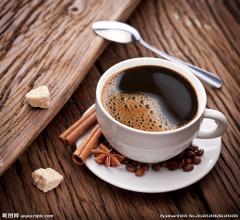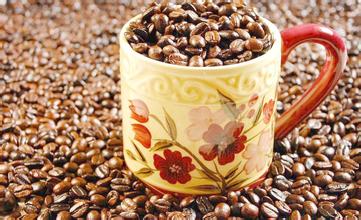The difference between semi-washing and honey treatment of coffee beans washed in the sun
The difference between semi-washing and honey treatment of coffee beans washed in the sun
One step: retain 100% pectin, and then reduce the water content of raw beans to 10% 12% by either solarization or machine drying or a combination of both.
Another step: according to different needs, adjust the setting of the pectin removal machine so that the parchment shell retains different proportions of pectin, and then reduce the water content of raw beans to 10% Mel 12% by either solarization or machine drying or a combination of both.
Raw beans treated by water washing and fermentation generally have less silver skin attached, but unripe beans retain most of the silver skin. Natural all-day sun and honey-treated raw beans, depending on the amount of pectin retained (more or less honey), more or less silver skin will stick to the coffee beans, and show different shades of orange.
When choosing honey to deal with the defects of raw beans, you need to scrape off the silver skin to observe the color of the coffee beans themselves. Honey treatment of raw beans in baking should also pay attention to, if a large number of silver skin can not be discharged in time, the high temperature will scald the surface of coffee beans, resulting in inconsistent baking color.
In general, raw beans dried in the sun are bluer and greener and more uniform than those dried by machines. The water content of raw beans can not be judged simply according to the color depth. The best moisture content of raw beans is 9% Murray 12%. The water content of raw beans must be well controlled in storage. Once the water content exceeds 13%, raw beans are easy to breed carcinogenic toxins.
Bean selection: first put the coffee fruit into the big water tank, move the red fruit and semi-green and semi-red fruit into the pulp sieving machine to remove the pulp and impurities.
Remove pectin: take out the coffee beans, do not need to take the sun, let alone pour into the sink to ferment, but directly into the next pectin scraper, only a small amount of water can scrape away the sticky pectin chips mechanically.
Sun exposure: then take out the raw beans with a smooth surface and expose them outdoors until the water content is reduced to 12%.
Honey treatment, called Honey Process or Miel Process, is known as Honey Coffee. Coffee gardens in Costa Rica (Costa Rica), Panama (Panama) and Taiwan all use this method.
Honey treatment is a kind of treatment between sun treatment and water washing. It keeps the coffee clean, and although the brightness decreases, it increases the sweetness and caramel flavor of the coffee. The appearance of honey-treated beans has a distinct sticky layer. But the honey treatment method is very dependent on the local climate, and the weather must be dry and have sufficient sunshine, otherwise it is not suitable for honey treatment.

Important Notice :
前街咖啡 FrontStreet Coffee has moved to new addredd:
FrontStreet Coffee Address: 315,Donghua East Road,GuangZhou
Tel:020 38364473
- Prev

How long can the half-cooked coffee beans be ground?-can you drink the coffee beans directly after grinding?
How long can you keep half-cooked coffee beans after grinding? fresh coffee is actually good coffee. Everyone wants to have a good cup of coffee, and they know that making a cup now may be fresh and will be fine. But many coffee drinkers have come to a misunderstanding. That is: either freshly made coffee is good coffee, it is fresh coffee. It starts with the preservation of coffee beans.
- Next

The ratio of freshly ground coffee beans to water. Do coffee beans drink directly after grinding?
The ratio of currently ground coffee beans to water directly drink coffee beans directly after grinding? the formation and density of different bean groups in different production areas are different, and different baking degrees will also cause a distinction in hardness, resulting in angry changes in the grinding rate and particle size. in the past, the powder thickness scale, powder quantity and powder pressing strength of beans appeared to be somewhat powerful, which seems that you can not put the old
Related
- Guji coffee producing area of Guji, Ethiopia: Humbela, Shakiso, Wulaga
- What is the most expensive variety of Qiloso in BOP multi-variety group?
- How to store the coffee beans bought home?
- Why are Yemeni coffee beans so rare now?
- Ethiopian Sidamo all Red Fruit Sun Sun Santa Vini Coffee beans
- SOE is mostly sour? What does it mean? Is it a single bean? what's the difference between it and Italian blending?
- Is Italian coffee beans suitable for making hand-brewed coffee?
- How to choose coffee beans when making cold coffee? What kind of coffee beans are suitable for making cold coffee?
- Just entered the pit to make coffee, what kind of coffee beans should be chosen?
- Can only Japan buy real Blue Mountain Coffee? What are authentic Jamaican Blue Mountain coffee beans?

